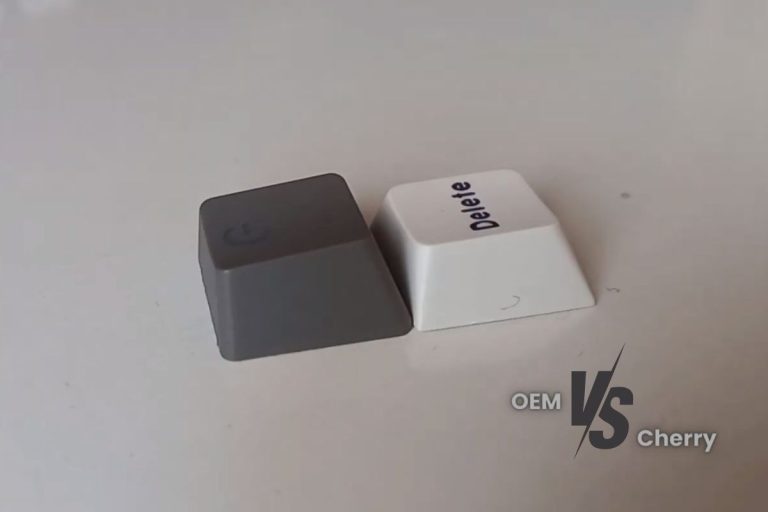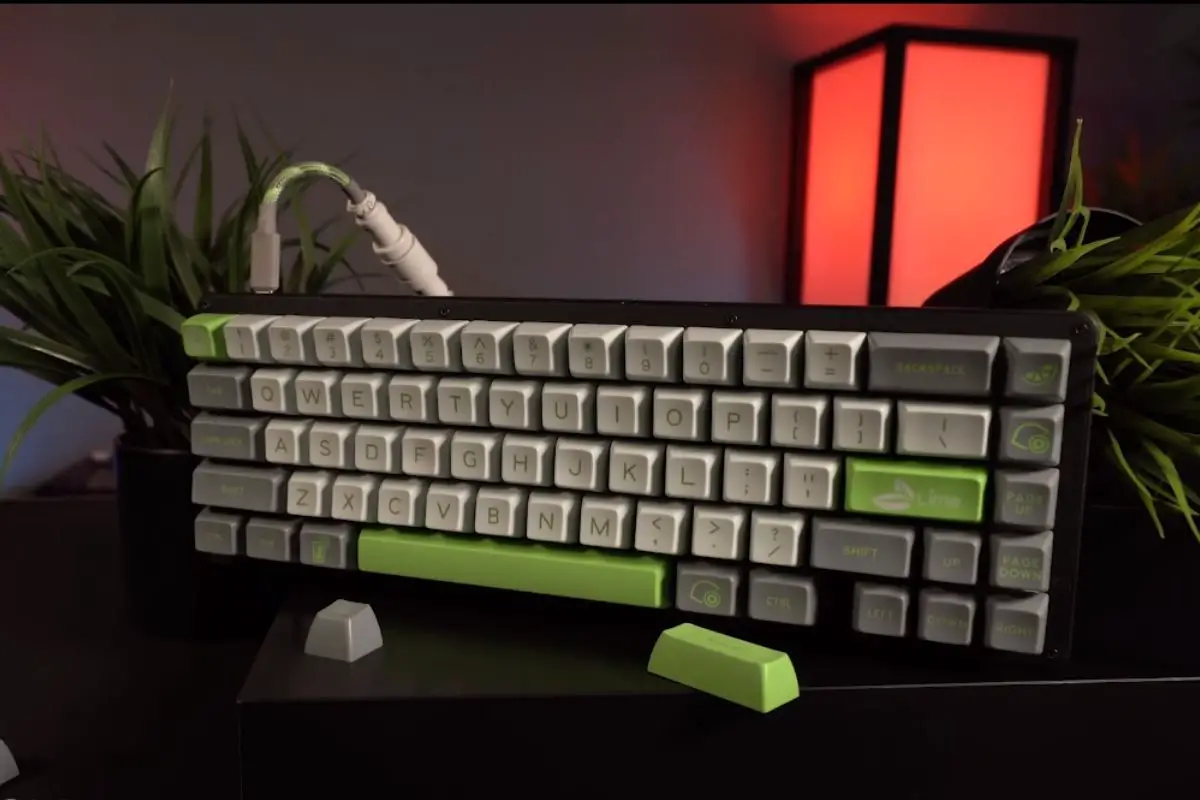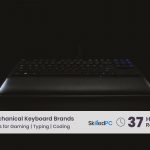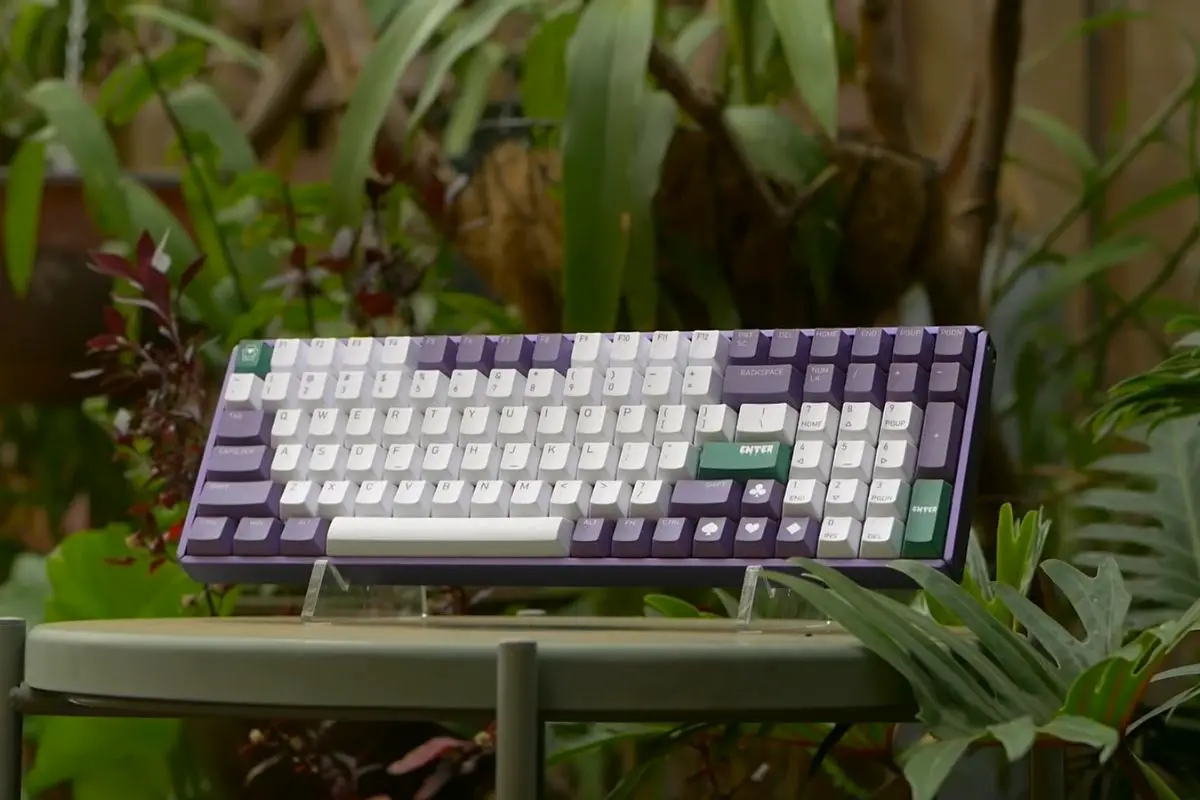As an Amazon Associate, we may earn from qualifying purchases. Our posts may include affiliate links, at no extra cost to you.
Ever struck a key on your computer keyboard and wondered why it felt the way it did? The secret often lies in the profile of the keycap, the little piece of plastic that sits atop each key. Among the vast ocean of keycap profiles, two stand out in their popularity: the OEM and Cherry profiles. But what exactly distinguishes one from the other?
The key difference lies in their height and contour, influencing typing experience and aesthetic appeal.
We’re here to help you understand these nuances, so you can make an informed decision about which profile suits your typing needs best.
Contents
What are OEM Profile Keycaps?
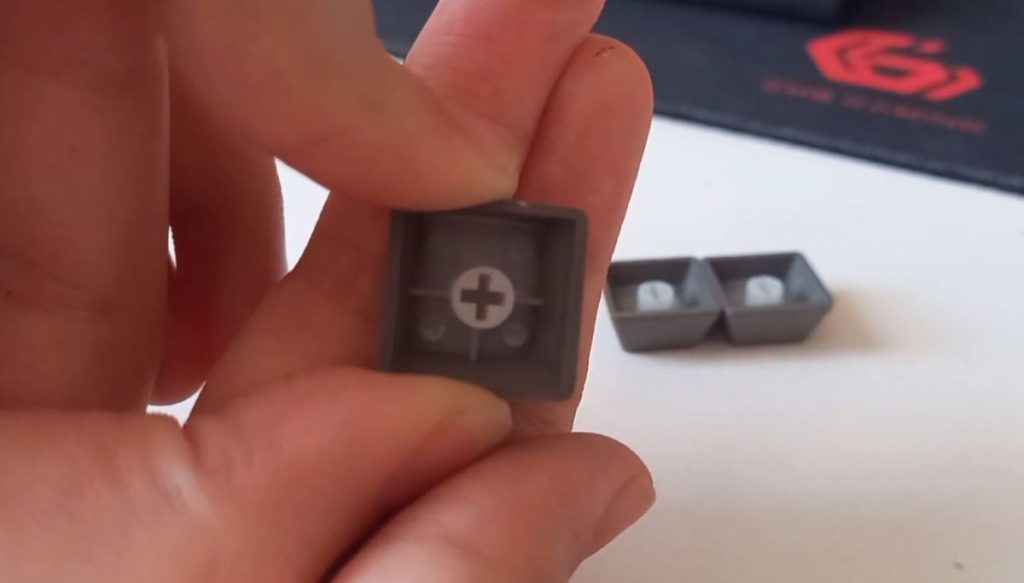
OEM profile keycaps serve as one of the most recognized and widespread keycap profiles in the mechanical keyboard universe. But what does “OEM” stand for? OEM is an abbreviation for “Original Equipment Manufacturer.” In simpler terms, these are the keycaps that are typically found on most commercially available mechanical keyboards right out of the box.
These keycaps are characterized by their cylindrical touch surface, giving your fingertips a slight curve to rest upon. Their sculpted design allows for a comfortable typing experience, especially for prolonged periods. They stand taller than some other profiles, like the Cherry, which gives them a distinct feel and appearance.
One significant advantage of OEM profile keycaps is their ubiquity. Due to their widespread use in prebuilt keyboards, replacement sets, and individual keys in this profile are relatively easy to find. This accessibility means that users looking to replace or customize their keycaps have a vast array of options when it comes to colors, materials, and designs.
Moreover, for newcomers to the mechanical keyboard community or those who haven’t ventured into custom keycap territory yet, the OEM profile provides a familiar and consistent feel, making the transition smoother and more intuitive.
For those concerned about comfort, especially those with arthritis, it might be beneficial to explore these specialized keyboards for hand-related ailments.
What are Cherry Profile Keycaps?
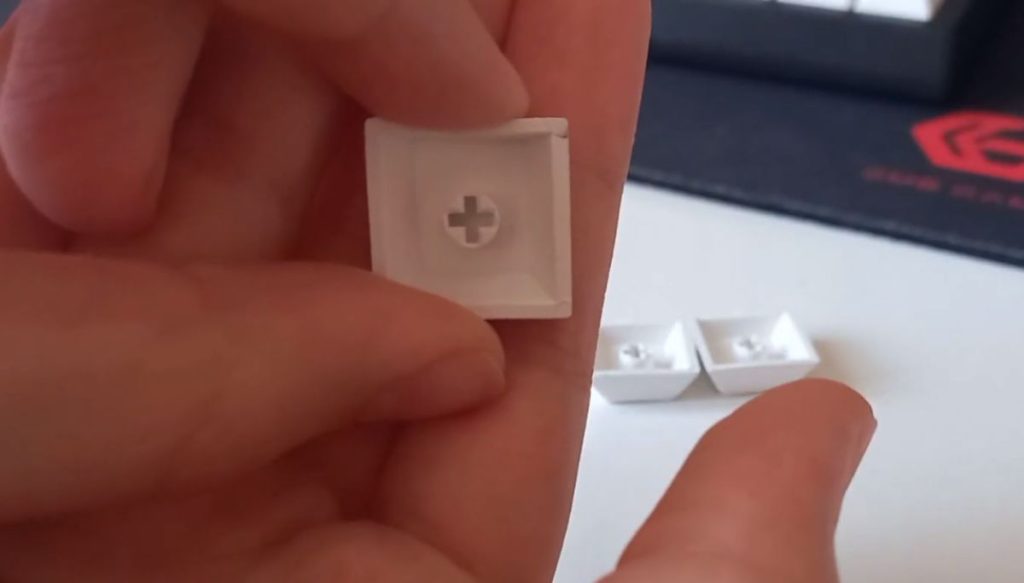
Cherry profile keycaps derive their name from the renowned Cherry Corporation, a company credited with pioneering many of the innovations in the mechanical keyboard space. While they might be visually similar to OEMs at first glance, a closer examination reveals their unique traits.
These keycaps are distinctively shorter in stature compared to OEM profiles. This reduced height provides a lower profile look and feel, which some users find more ergonomic and comfortable, especially for swift typing sessions. The touch surface is also cylindrical, but with a more subtle curve, allowing for a slightly different touch and typing experience.
Cherry profile keycaps have a storied reputation in the keyboard community, particularly among those who prefer custom setups. While they might not be as commonly found on commercial off-the-shelf keyboards as their OEM counterparts, their presence is robust in the custom keycap market. This means that those in pursuit of Cherry profile caps can find a wealth of designs, materials, and thematic sets tailored to personal aesthetics and preferences.
One thing to note, however, is that due to their specific design and sought-after nature, Cherry profile keycaps might sometimes come with a higher price tag, especially for those exclusive or limited-edition sets. But for many enthusiasts, the unique touch and appearance they offer is well worth the investment.
Which is Better: Cherry vs OEM Profile?
Choosing between Cherry and OEM profile keycaps boils down to personal preference, as both come with their set of advantages. Let’s break down some factors that might influence your decision:
Comfort and Typing Experience
Cherry’s shorter profile can be more comfortable for some users, particularly those who type rapidly or for extended durations. The low profile minimizes finger movement and can reduce fatigue.
Meanwhile, the taller OEM profile provides a more pronounced curve, which many find supportive, especially if they’re accustomed to standard commercial keyboards.
Availability and Customization
OEM profile keycaps dominate the prebuilt keyboard landscape, making them widely accessible for those looking to replace or customize their keysets.
Cherry profile keycaps, though not as prevalent in off-the-shelf keyboards, shine in the custom keycap arena. Those seeking distinctive or artisan designs might lean towards Cherry.
Aesthetics
Cherry profile keycaps offer a sleek, low-profile appearance that many enthusiasts appreciate for its minimalist vibe. On the flip side, the OEM’s pronounced height can give keyboards a classic, robust look.
Price Point
Given their widespread nature, OEM keycaps often come at a more affordable price range, especially for basic sets. Cherry profile keycaps, particularly those of custom or limited-edition nature, can command higher prices due to their specialized design and demand.
Compatibility
While both profiles generally work with most mechanical keyboard switches, it’s essential to check for any specific compatibility issues, especially if you’re considering niche or unique keyboard builds.
Our Verdict
In conclusion, neither profile is objectively better than the other. It’s all about what feels right for your fingers, aligns with your aesthetic preferences, and fits within your budget. Whether you lean towards the common touch of OEM or the bespoke feel of Cherry, both profiles offer a reliable and enjoyable typing experience. As always, if possible, trying out both before making a purchase can be invaluable.
